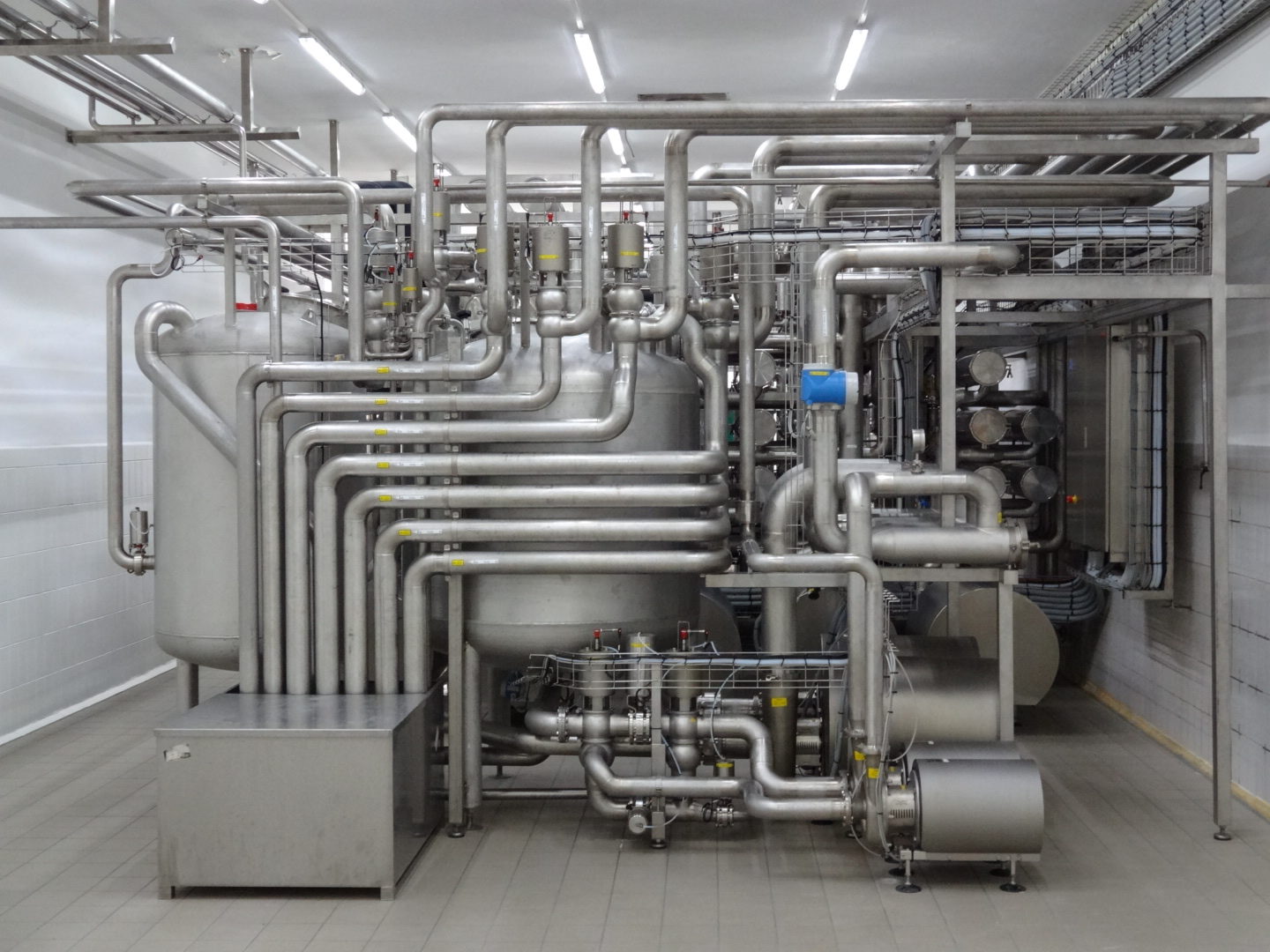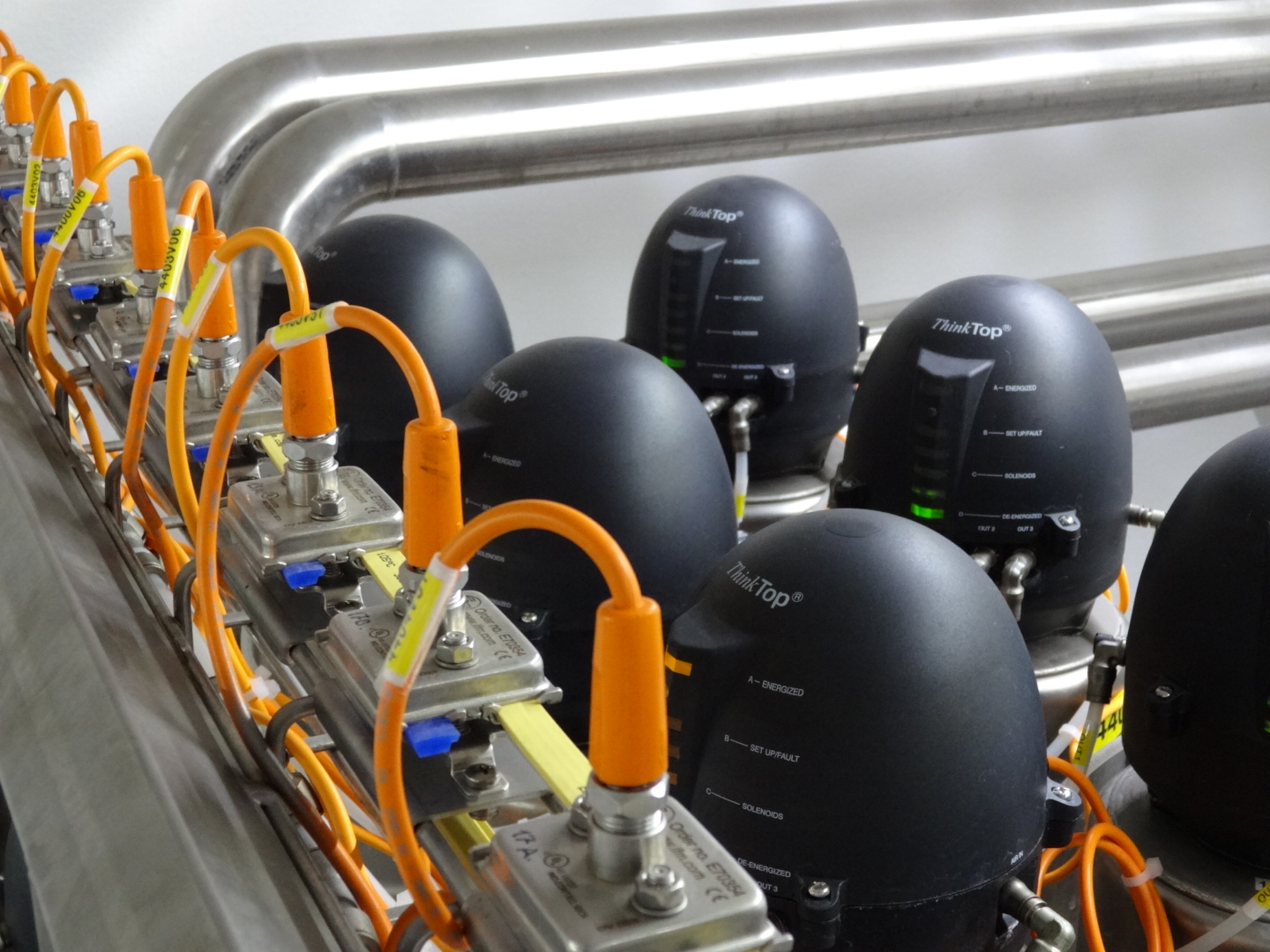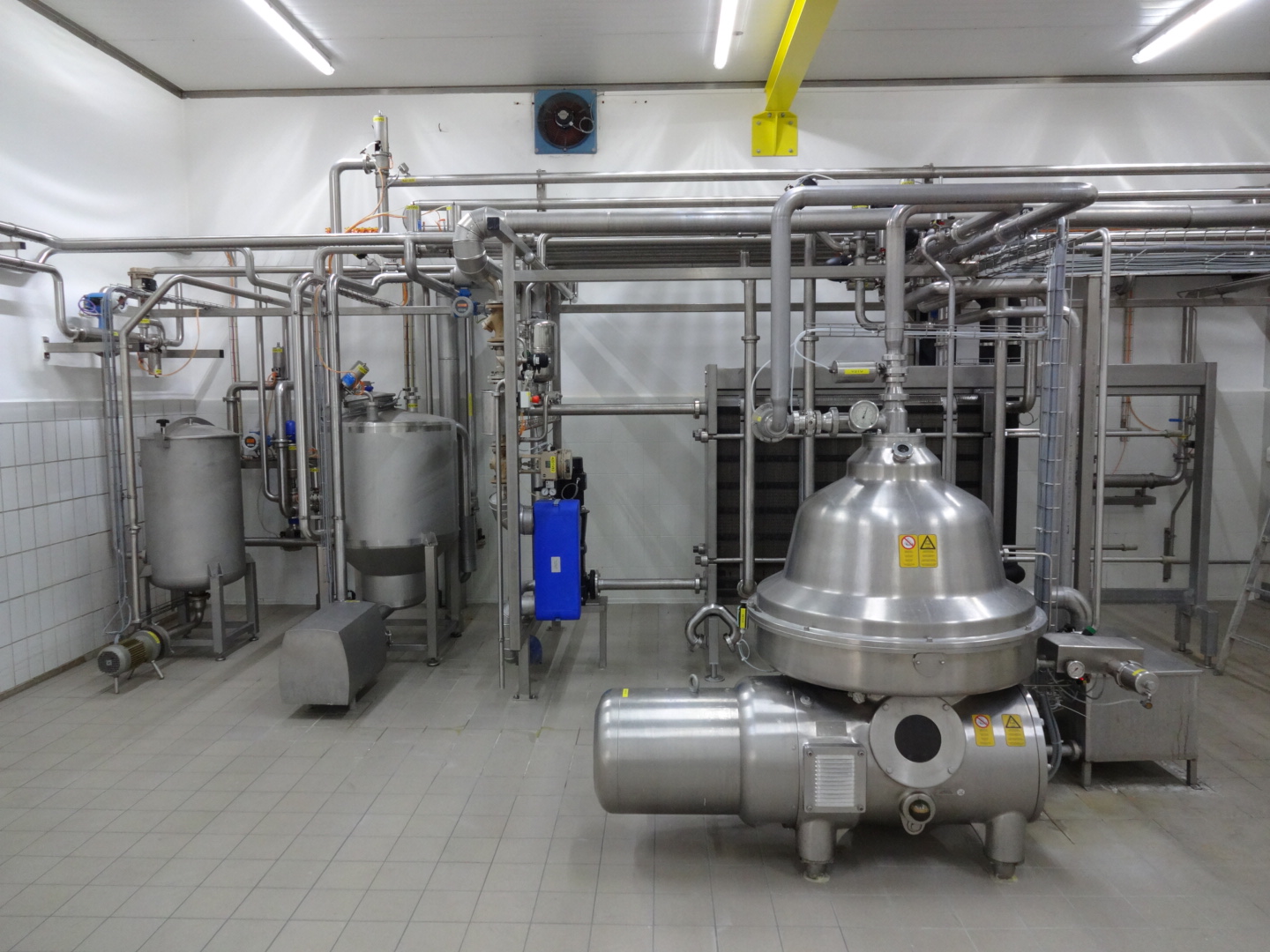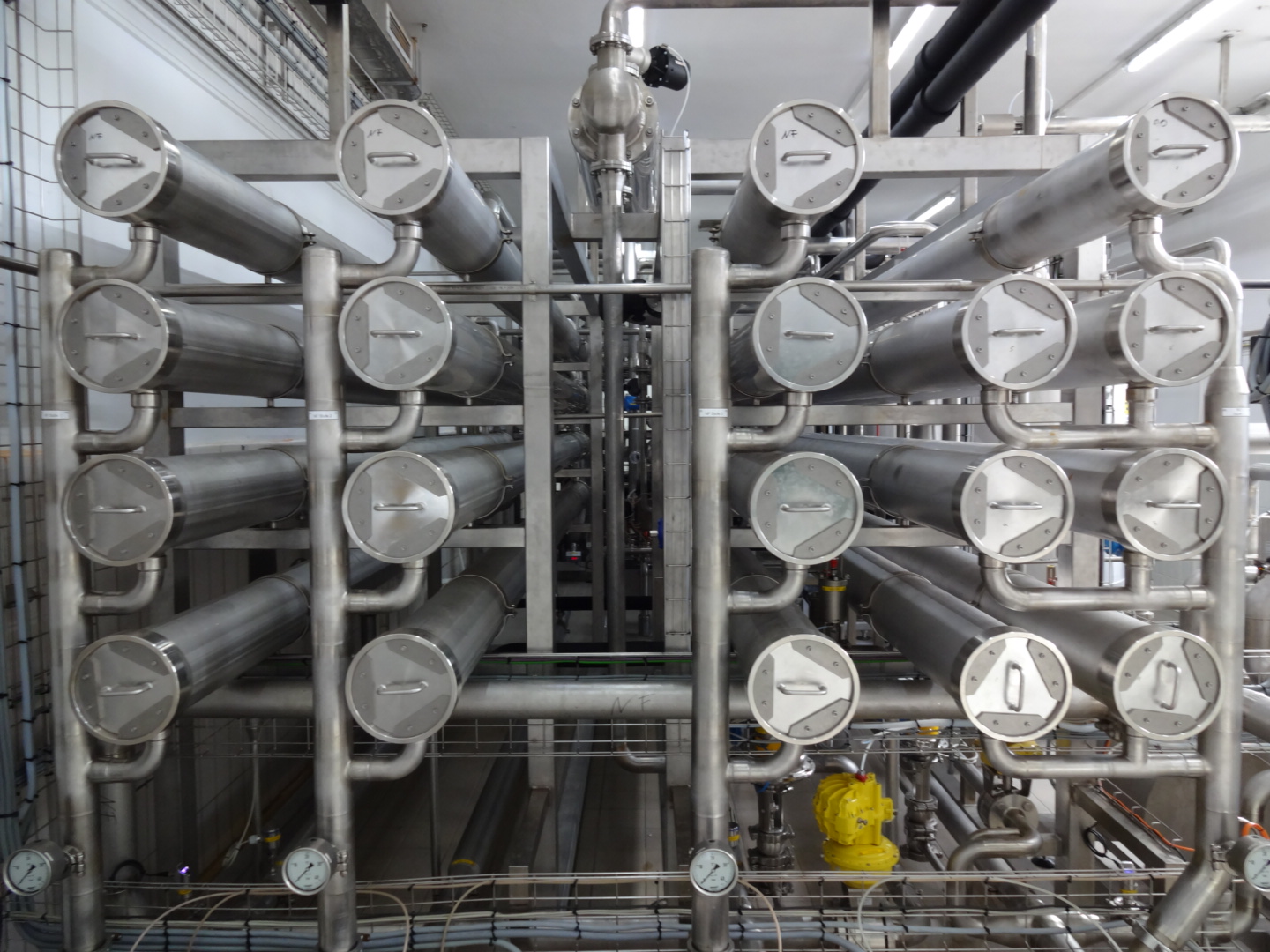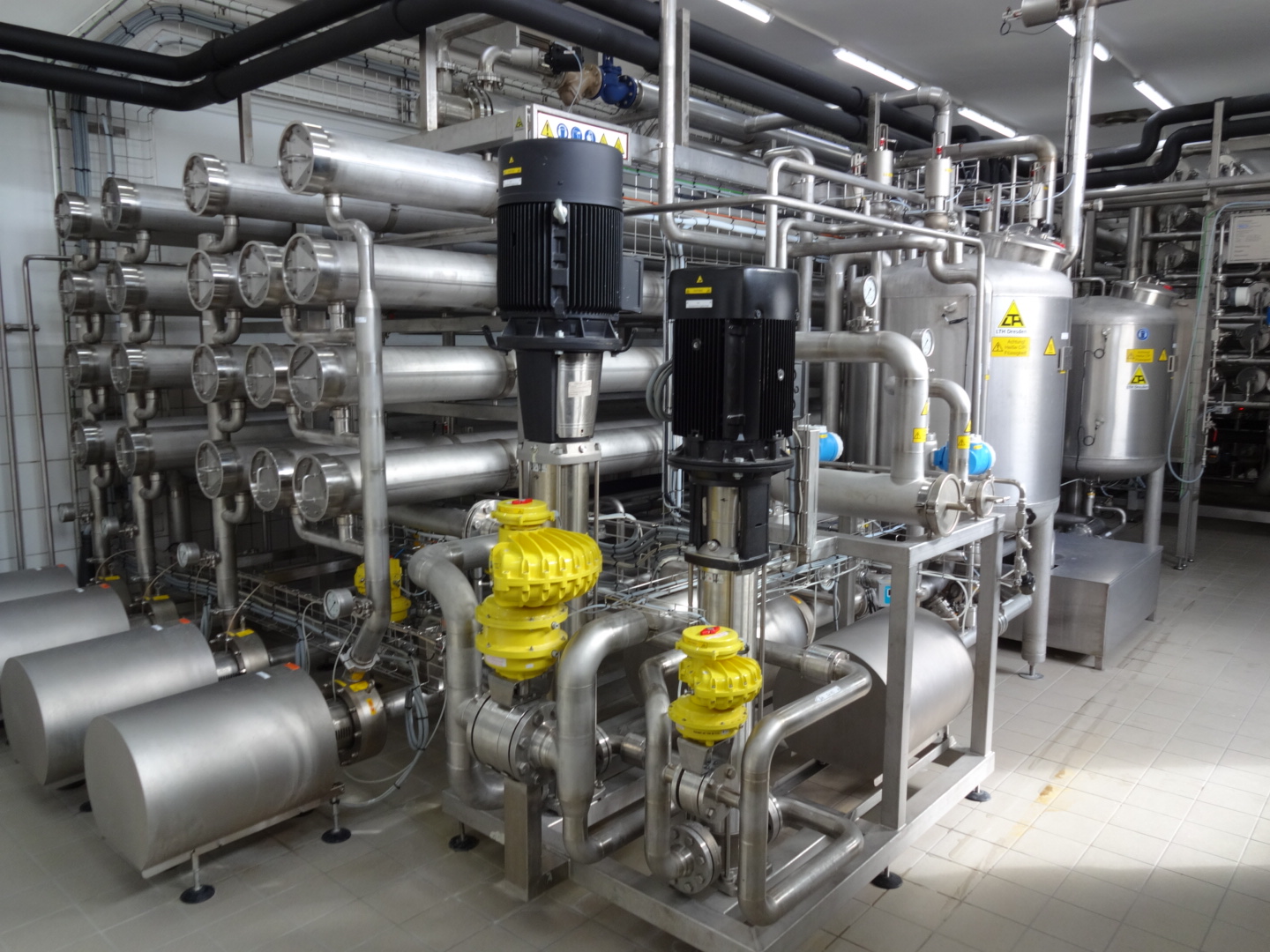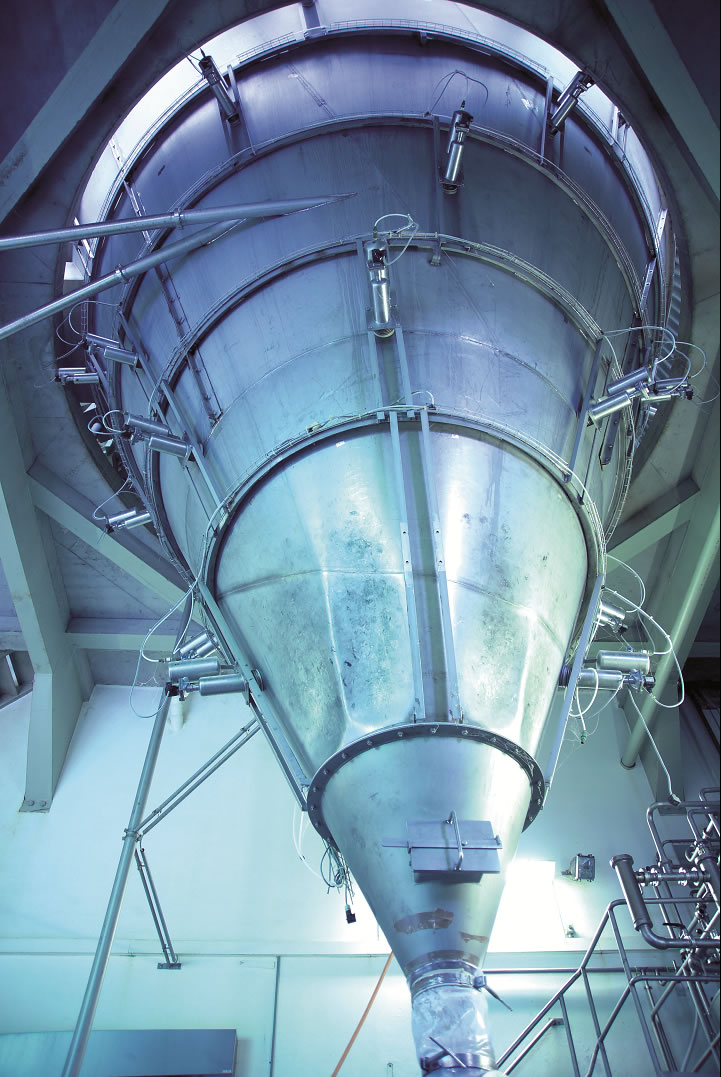KNOW-HOW
Written by Dr. Marco Toigo
You certainly have a bank or postal account. If over time you pay in more money than you withdraw, your balance in your account will accumulate. However, should you withdraw more than you actually deposit over that same time period, your balance will decrease. If your goal is to accumulate money you should ensure that your deposits outweigh your withdrawals. Building muscle works in a similar way. In order to build up muscle mass over a period of time, the muscle protein build-up (“deposits”) must outweigh the atrophy (“withdrawals”). This is achieved if either the muscle protein build-up is increased relative to atrophy and/or atrophy is inhibited relative to the build-up (Toigo 2015). In adults, the primary mechanism responsible for a net positive protein balance is the relative increase of muscle protein build-up. Muscle protein build-up can be initiated by two stimuli: Weight training and protein from food intake. Although both stimuli when considered separately can individually stimulate muscle build-up, it is ultimately the combination of the two that is necessary to enable adults to increase their muscle mass. The reasons for this are as follows: First the positive net protein balance generated by the dietary protein is only enough to compensate for the obligatory losses that occur naturally (Toigo 2015). Second, strength training also stimulates muscle breakdown, so that weight training alone (without nutritional supplements) would leave the net protein balance negative (Toigo 2015). In order for strength training to lead to a net increase in muscle mass, the body must also be fed proteins. Just as the “enlarge” function of a photocopier generates a larger copy of the document being copied, the dietary protein and/or the essential amino acids contained, increase the muscle building effect of the individual training units. The consequences are: 1.) Strength training provides the “fuse” for muscle building. If you train poorly there will be no training effect to be increased by dietary protein. 2.) Without proper strength training, efficient protein intake will at most be able prevent unnecessary muscle mass loss.
There are a few factors that influence the efficacy of dietary protein that you should be familiar with (Toigo 2015): a) Protein Quantity; “How much does it take to achieve the maximum effect?” b) Protein Quality; “What protein sources are efficient?” and c) Time and time intervals of protein intake (“Should the protein be consumed before, during or after strength training and at what intervals?”).
Depending on the type of protein consumed, the anabolic reaction can (both with respect to the whole body but also with respect to the musculo-skeletal system) be distinctly different. Along with the amino acid content, the speed at which it is metabolised determines the extent of increase in concentration of essential amino acids in the blood and how long this increase will last. The latter of the two factors determines ultimately the extent of the muscle protein build-up (Toigo 2015). It is especially conjectured that the concentration of the essential amino acid Leucine plays a key role in the activation (but not in the duration of the activation). In any case, it seems that “high-quality” proteins with a high Leucine content are more beneficial with respect to stimulating muscle protein build-up than those with lower Leucine content. What do we mean by “high-quality” protein? Proteins from foods or dietary supplements can be differentiated based on two primary characteristics that can be viewed as qualitative distinctions (Toigo 2015). The first characteristic is the content of the first limiting amino acid (i.e. the amino acid occurring in the lowest quantity in the analysed protein) relative to the composition of a defined reference protein taking into consideration the effective digestibility. This characteristic is referred to as the PDCAAS (protein digestibility corrected amino acid score), a percentage value. Values above 100 % indicate an adequate value.
The second characteristic is the net protein utilisation (NPU). NPU is the percentages of proteins consumed that remain in the body. Stated more precisely, it is the ratio of metabolized versus excreted amounts of nitrogen. Whey protein with an NPU of approx. 90 % allows to achieve a higher value than casein (approx. 75 %) or soy protein (approx. 55 %). It is important to determine both the PDCAAS and the NPU for any isolated protein source (e.g. casein, whey or soy) and to note that the qualitative value can be increased by combining different protein sources. It takes around 1 g of beef or 1.6 g of cow milk or 2.6 g eggs or 6.2 g soy in order to “upgrade” 1 g of wheat in terms of amino acid content.
A decisive factor in our discussion is that high-quality proteins with a PDCAAS of over 100 % and high Leucine content are beneficial in stimulating muscle building. Mostly casein, whey or soy proteins are being used as supplements (that is, additional intakes on top of regular meals) in connection with strength training or enhancements of vegetarian / vegan diets. Especially milk proteins display very good PDCAAS values. The PDCAAS of soy lies at around 90-100 % and that of peas is at around 90-98 % (Toigo 2015). In spite of similarly high PDCAAS values, the amino acid profile and especially the profile of Leucine in the blood plasma develops differently depending on the protein source and this in turn has significantly different effects on the increase in muscle build-up. If whey and soy proteins are consumed in the resting phase (i.e. not after training), they lead to a higher increase of muscle protein build-up at certain quantities of essential amino acids (in each case around 10 g; Toigo 2015). If they are taken after strength training, the order of precedence with respect to the enhanced stimulation of muscle protein build-up is as follows: whey > soy > casein (Toigo 2015). With respect to the speed with which they are digested, proteins can basically be classified as either fast or slow (Toigo 2015). For example, milk is digested more slowly than soy. As is well known, milk contains both protein fractions casein and whey, with casein digesting slowly and whey quickly. Since casein makes up about 80 % and whey about 20 % of the protein content of cow milk, milk is deemed a slowly digested protein source. In contrast to this, soy only contains one homogenous protein fraction and its digestibility is similar whey protein. The reason for the more rapid digestibility of whey protein and the achievement of higher Leucine and other essential amino acid peak values in the blood concentration is that whey protein (in contrast to casein) is more easily soluble in the predominantly acidic stomach-pH.
At this point, it should be clearly stated that nutritional supplements are not a requirement for enabling muscle build up or increase physical strength. This, however, assumes that the criteria stated above is taken into account. The usage of protein powder as a nutritional supplement is well suited to cover the protein demands in people who correctly train their muscles. The right protein powder can also be effective for people who avoid certain protein sources (vegetarians and vegans). The issue for vegetarians and vegans is less the protein quantities but rather the protein qualities and the amino acid profiles of the proteins consumed. You don’t necessarily want any of these substance ending up in your body, especially if you frequently consume such protein powder, i.e. several times a day over a long period of time. An organic WPC is at least as effective as a cross-flow micro-filtered WPI with respect to the anabolic effect. It potentially contains immuno-modulating effects (e.g. supporting muscle regeneration). It can have additional beneficial health effects and is also more ecologically sound. These arguments all seem supporting the selection of a high-quality, certified, pure (i.e. unchanged) organic WPC. Your body and your muscles will thank you. If you prefer a WPI in spite of all this, we recommend that you only use a WPI obtained by cross flow-micro-filtration. The latter is also sensible in case you were lactose intolerant.
g, gram; kg, kilogram.
Toigo M (2015) MuskelRevolution – Concepts and Recipes for Building Muscle and Strength. Springer (Berlin), Softcover: ISBN 978-3-642-37640-5, E-Book: ISBN 978-3-642-37641-2
Available in bookstores or online:
10.08.2017 - Für den Aufbau brauchts Proteine, sonst nichts
27.05.2016 - «Danke, Dr. Muscle!»
14.04.2016 - Nehmen Sie genügend Protein zu sich?
30.03.2016 - Der «Ausbreitungseffekt» ist reiner Mythos
22.03.2016 - Folgen Sie nicht blind dem Kniebeugen-Trend
16.03.2016 - Verschwenden Sie keine Zeit beim Sport
09.03.2016 - Warum Sie trotz Sport nicht weiter abnehmen
25.02.2016 - Zu viel Sport macht krank und müde
17.02.2016 - Was sind eigentlich Kilojoules?
16.02.2016 - Analyse bestätigt besseres Fettsäure-Profil
02.02.2016 - Ohne Muskeltraining verstummt der Körper
26.01.2016 - Wer trainiert ist, überlebt schwere Krankheiten eher
21.01.2016 - Anabolika-Spritzen können zu Lungenembolie führen
12.01.2016 - Anabolika lassen die Hoden schrumpfen
05.01.2016 - Anabolika pumpen die Muskeln nur kurzfristig
30.12.2015 - Wer Kokain nimmt, greift schneller zu Anabolika
22.12.2015 - Im Doping herrscht eine hohe Dunkelziffer
15.12.2015 - Anabolika schädigen die Gesundheit langfristig
08.12.2015 - Tanken Sie auch im Winter genügend Licht
01.12.2015 - Sonnenstrahlen machen Muskeln knackig
24.11.2015 - Babys trainieren schon im Bauch mit
17.11.2015 - Tägliches Training lohnt sich für Schwangere
10.11.2015 -Muskeln aus der Pillendose – ein gefährlicher Trend
03.11.2015 - Zwei Tassen Kaffee vor dem Training lohnen sich
27.10.2015 - Muskeln funktionieren genau wie Batterien
20.10.2015 - Darum schwänzen viele auch kurzes Training
13.10.2015 - Schaffen Sie den Einstieg ins Intervalltraining
06.10.2015 - Dauer und Intensität machen den Erfolg aus
22.09.2015 - Krafttraining macht Ihr Herz kaum fitter
15.09.2015 - Sportler haben ein grosses Herz
08.09.2015 - Veganer brauchen Disziplin
25.08.2015 - Mehr Kraft ohne Muskelaufbau?
18.08.2015 - Ausdauertraining beisst Muskelaufbau nicht
11.08.2015 - Kraft und Ausdauer optimal kombinieren
04.08.2015 - Ausdauertraining kann Muskelaufbau hemmen
28.07.2015 - Alkoholkonsum und Sport vertragen sich nur mässig
24.07.2015 - Muskelaufbau - Proteinpulver im Vergleich
24.07.2015 - Eiweisspulver - Muskeln aus der Dose
21.07.2015 - Ausdauersportler leiden extrem unter der Hitze
14.07.2015 - «Kaufen Sie sich ein Springseil»
07.07.2015 - Wieso Knochen Basketball mögen
30.06.2015 - Die Muskelkraft treibt die Knochenstärke an
23.06.2015 - So schlau sind unsere Knochen
16.06.2015 - Ist exzentrisches Krafttraining besser?
09.06.2015 - Das heisst Negativtraining
02.06.2015 - Bewegung ist nicht immer Muskelkraft
26.05.2015 - Wieso Stärke nicht immer Muskelwachstum heisst
19.05.2015 - Rumpf-Übungen werden überschätzt
12.05.2015 - Mythos Rumpftraining
05.05.2015 - Was ist «funktionelles Training» wirklich?
28.04.2015 - Muskelaufbau oder Zirkusnummer?
21.04.2015 - Das passiert beim Muskelwachstum
14.04.2015 - Mehr Kraft ohne Muskelaufbau
07.04.2015 - Das ist Kraft wirklich
31.03.2015 - Macht Krafttraining für Ausdauersportler Sinn?
24.03.2015 - Kohlenhydrate und Muskelaufbau
17.03.2015 - So funktioniert Muskelaufbau
10.03.2015 -Das bringen Weight Gainers wirklich
03.03.2015 - Keine Diät ohne Training
24.02.2015 - Ganzkörper-Training oder Split-Training?
17.02.2015 - Warum eine einzige Übung nicht reicht
10.02.2015 - Warum Sie Übungen langsam ausführen sollten
03.02.2015 - Welche Rolle spielt die Anzahl Sätze?
23.01.2015 - Krafttraining Warum man sich überwinden sollte
20.01.2015 - Welche Protein-Shakes sind empfehlenswert?
15.01.2015 - Was sind hochwertige Proteine?
06.01.2015 - Spielt es eine Rolle, wann wir Protein aufnehmen?
30.12.2014 - Wie viel Protein brauchen wir für den Muskelaufbau?
23.12.2014 - Fällt Frauen der Muskelaufbau schwerer?
16.12.2014 - Was gegen Orangenhaut hilft
02.12.2014 - Wie Jäger und Sammler in der Schwerelosigkeit
22.11.2014 - Verkatert ohne Alkohol
15.11.2014 - Fettpolster gezielt abbauen – geht das?
08.11.2014 - Sturm im Wasserglas
01.11.2014 - Blut oder Schweiss?
26.10.2014 - Einen Baumstamm von A nach B bewegen
